In the quiet corners of Kyoto's antique shops, where time seems to slow its relentless march, a peculiar alchemy takes place. Gold-dusted lacquer glints against the soft glow of paper lanterns as master artisans perform kintsugi – the ancient Japanese art of repairing broken pottery with precious metals. This is no mere restoration technique, but rather a profound philosophical practice that elevates damage into something greater than the original form.
The very etymology of the word reveals its essence. Kintsugi (金継ぎ) combines kin (gold) with tsugi (joinery), yet its meaning transcends literal translation. Unlike Western restoration that often seeks to erase evidence of damage, kintsugi highlights fractures with radiant veins of gold or silver, creating a visual record of the object's history. Each repaired piece becomes a topographical map of its survival, with metallic rivers tracing the contours of its endurance.
Historical records suggest kintsugi emerged during the Muromachi period (1336-1573), when Japanese aesthetics began celebrating imperfection and transience. Legend attributes its invention to a shogun who sent a damaged Chinese tea bowl back to China for repairs, only to receive it stapled unceremoniously with metal braces. Displeased with this crude solution, Japanese craftsmen developed an alternative that transformed flaws into features. What began as practical repair evolved into an art form deeply connected to wabi-sabi – the worldview centered on the beauty of impermanence and imperfection.
The process itself is a meditation in patience. After collecting the broken fragments, the artisan begins with urushi, a toxic lacquer harvested from the Japanese lacquer tree. This allergenic sap, capable of causing severe skin reactions, must be handled with reverence and care. Layers are applied painstakingly, sometimes requiring weeks of curing in humid chambers. The final step involves dusting the seams with powdered gold, platinum, or silver before polishing the surface to reveal the luminous scars.
Contemporary practitioners like Murose Kazumi, a Living National Treasure, approach kintsugi as a spiritual discipline. "The breakage isn't the end of the object's life," he explains, "but rather the beginning of its transformation." This perspective resonates deeply with Buddhist concepts of mujo (impermanence) and mottainai (the regret of waste). In a culture that once practiced mushin – the intentional breaking of perfect tea bowls to facilitate their repair – the art form challenges modern notions of disposability.
Modern psychology has begun recognizing kintsugi's therapeutic potential. Trauma specialists employ the metaphor to help patients reframe life-altering events, while corporate trainers use it in resilience workshops. The kintsugi paradigm offers an alternative to concealment culture, suggesting that our fractures – when acknowledged and integrated – can become sources of strength and beauty. This application extends beyond metaphor; occupational therapists now incorporate actual kintsugi practice into rehabilitation programs for patients recovering from physical injuries.
The art form faces contemporary challenges. Authentic urushi lacquer has become prohibitively expensive, with 200 grams costing upwards of $500. Synthetic alternatives flood the market, and workshops offering abbreviated "kintsugi experiences" to tourists often sacrifice depth for accessibility. Yet traditionalists persist. At Tokyo's Geidai Art University, students still grind pigments by hand and learn to distinguish between the 48 documented varieties of ceramic fractures, each requiring a specific repair approach.
Western artists have begun adapting kintsugi principles in unexpected mediums. Performance artists repair shattered mirrors with gold leaf, while sculptors create installations featuring gilded cracks spreading across concrete walls. These interpretations spark debate about cultural appropriation versus homage, raising questions about whether the philosophy can be separated from its craft. Purists argue that without understanding the Buddhist underpinnings, the practice becomes mere decoration.
Perhaps kintsugi's most radical lesson lies in its redefinition of value. In an era obsessed with pristine condition and original state, it proposes that an object's history – including its damage – contributes to rather than diminishes its worth. Auction houses now note kintsugi repairs in provenance descriptions, and collectors increasingly seek out previously broken pieces. The repaired fracture becomes not a flaw to conceal, but a story to highlight.
As the world grapples with environmental crisis and disposable culture, kintsugi offers an alternative framework. Its philosophy extends beyond ceramics to how we might approach relationships, communities, and even our planet. The golden seams remind us that repair – when done with care and respect – doesn't merely restore what was lost, but creates something new, with its own unique beauty and resilience. In the delicate balance between destruction and renewal, kintsugi practitioners find not just an art form, but a way of being.

By /Jul 9, 2025
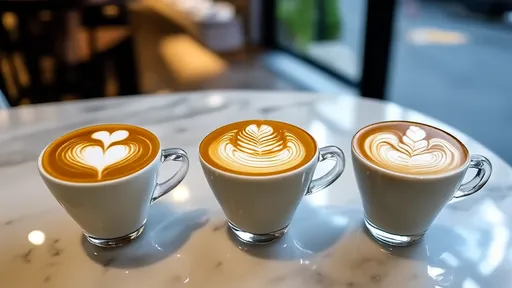
By /Jul 9, 2025
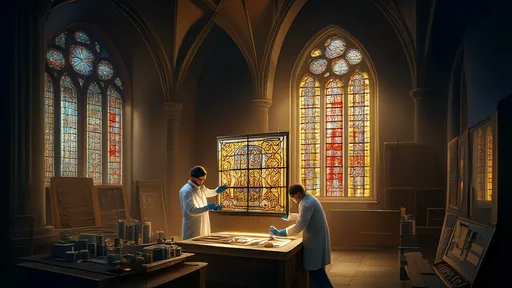
By /Jul 9, 2025
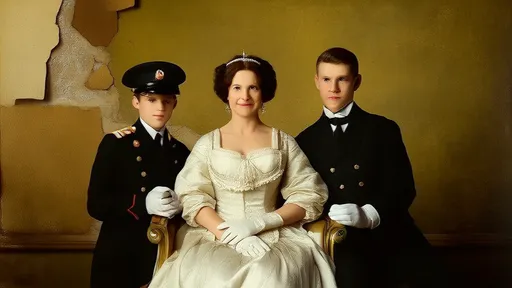
By /Jul 9, 2025
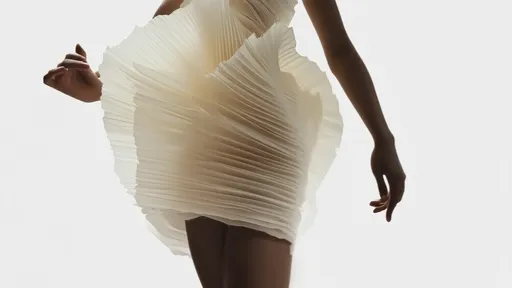
By /Jul 9, 2025

By /Jul 9, 2025

By /Jul 9, 2025
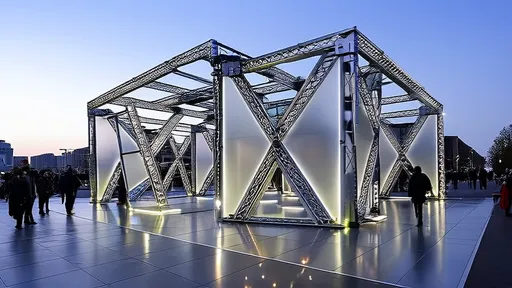
By /Jul 9, 2025
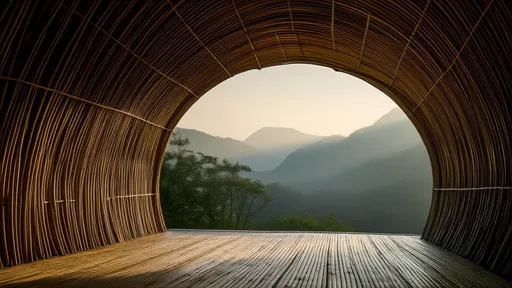
By /Jul 9, 2025

By /Jul 9, 2025

By /Jul 9, 2025
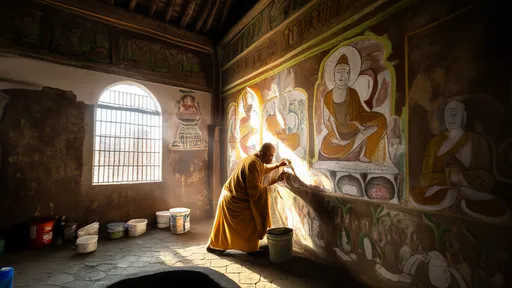
By /Jul 9, 2025
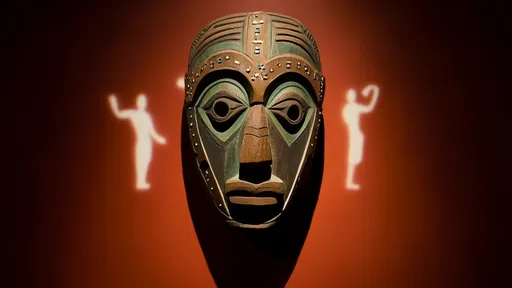
By /Jul 9, 2025
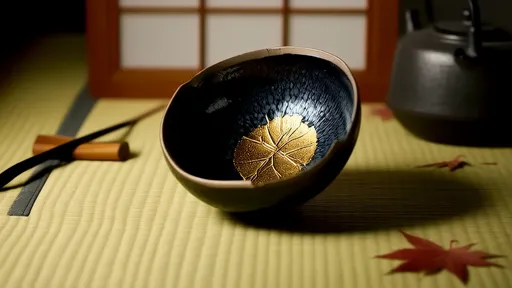
By /Jul 9, 2025

By /Jul 9, 2025
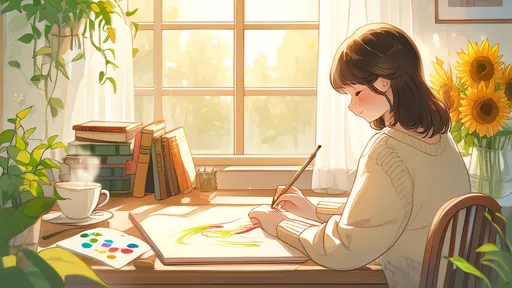
By /Jul 9, 2025
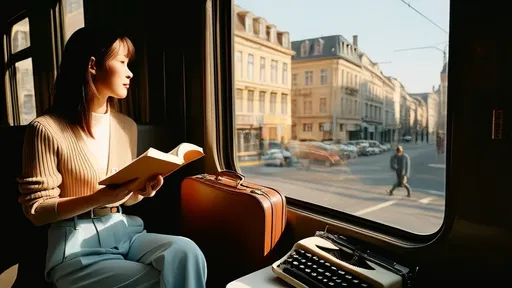
By /Jul 9, 2025

By /Jul 9, 2025